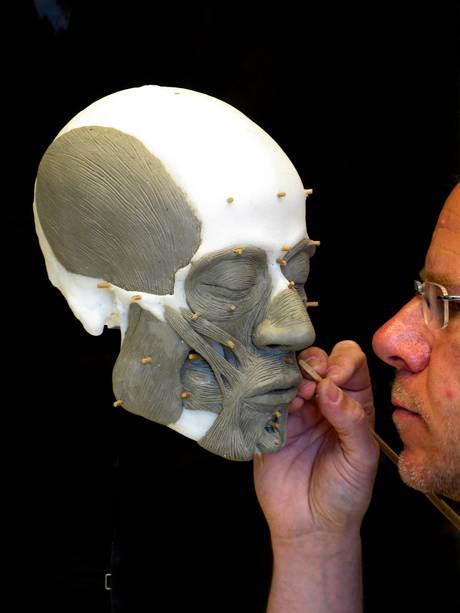
What they have discovered sheds remarkable new light on the people who, some 5500 years ago, were building the great ritual monuments of what would become the sacred landscape of Stonehenge.
A leading forensic specialist has also used that prehistoric Briton's skull to produce the most life-like, and arguably the most accurate, reconstruction of a specific individual's face from British prehistory.
The new research gives a rare glimpse into upper class life back in the Neolithic.
Five and a half millennia ago, he was almost certainly a very prominent and powerful individual - and he is about to be thrust into the limelight once again. For his is the prehistoric face that will welcome literally millions of visitors from around the world to English Heritage's new Stonehenge visitor centre after it opens tomorrow, Wednesday. The organisation estimates that around 1.2 million tourists from dozens of countries will 'meet' him as they explore the new visitor centre over the next 12 months.
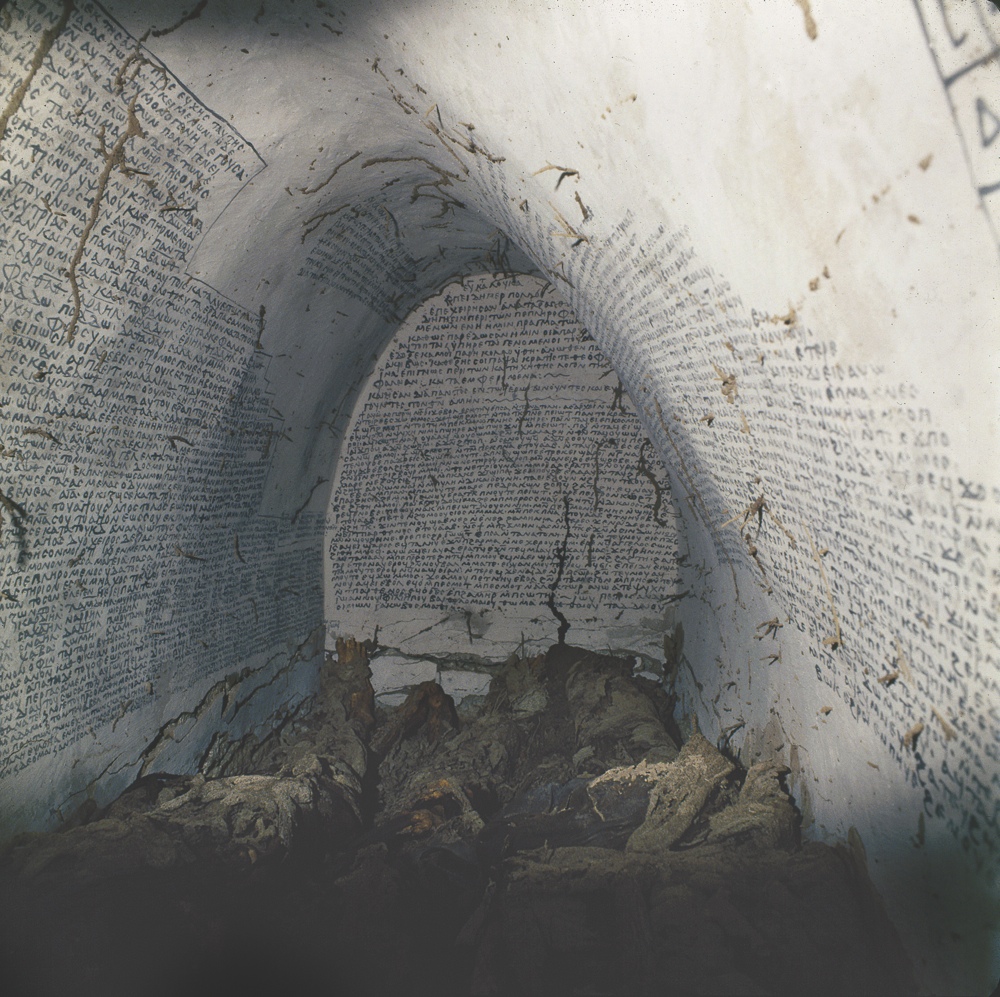
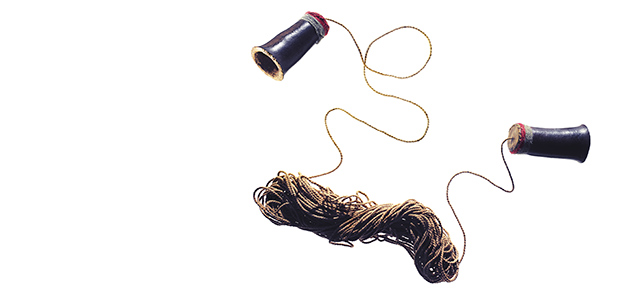
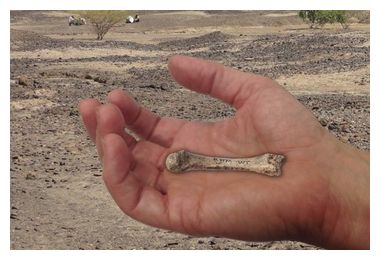
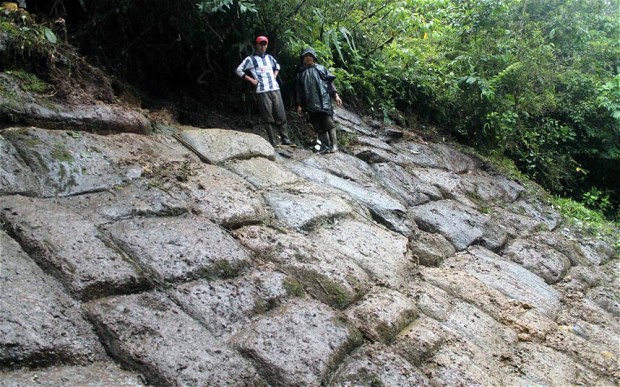
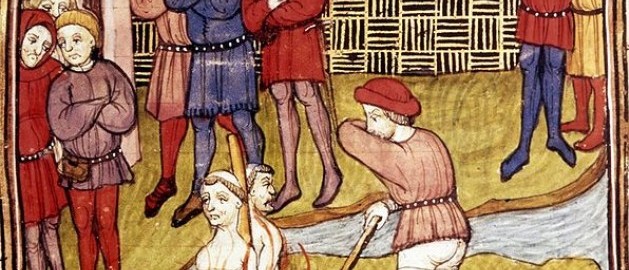
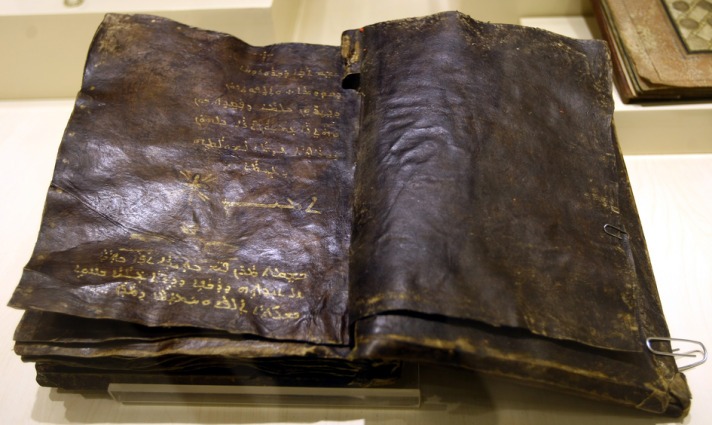

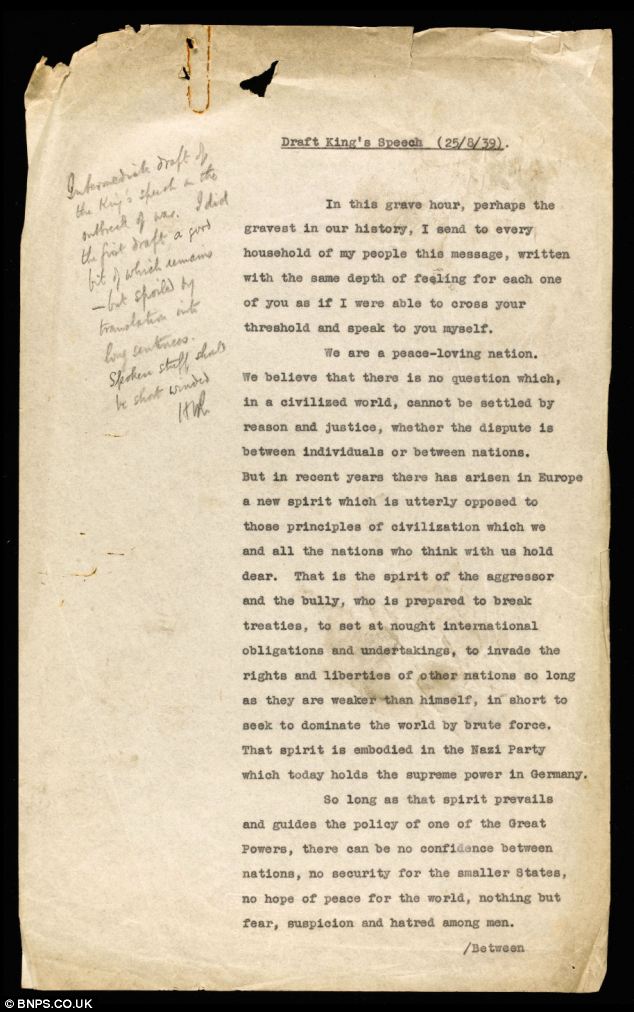
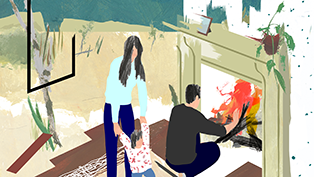



Comment: See also: Tree-rings prove climate was warmer in Roman and Medieval times than it is now - and world has been cooling for 2,000 years